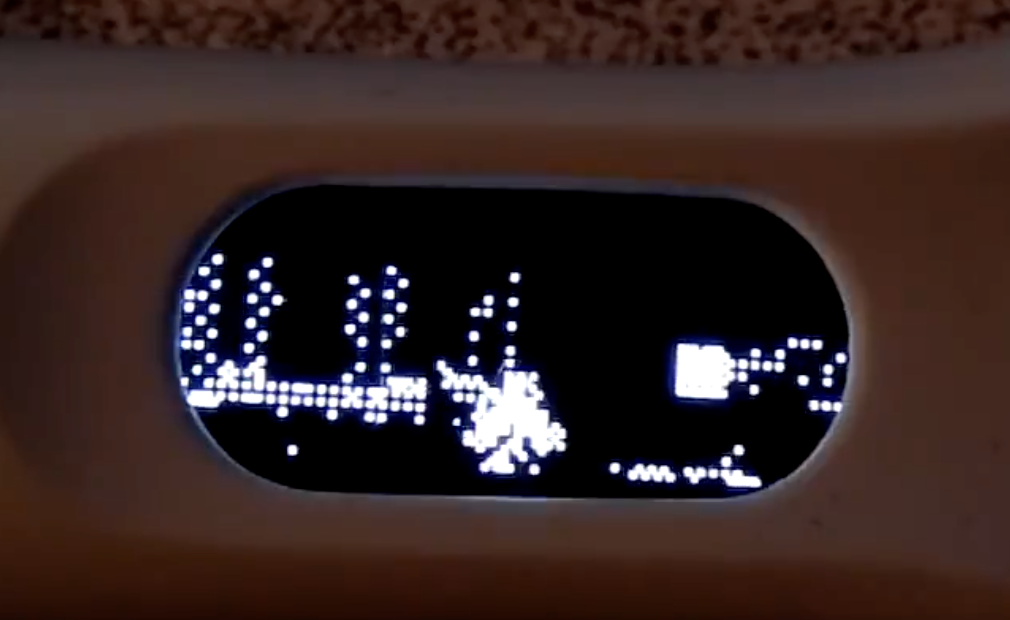
Back in 2020 Foone Turing caused a sensation when she showed Doom running on a pregnancy test. For anyone who remembered desktop computers from the 90’s, it was amazing to see a disposable device run something that used to take thousands of dollars worth of hardware. It’s not a fluke either – calculators, ATMs, fridges, and even keychains can run the game. What this shows is how much computing power low-cost, everyday objects now have. If you’d told teenage me that I could buy a 50 cent chip as powerful as my PC, my imagination would have raced with all of the amazing things that people could build.
So why does the world of embedded devices feel so boring? We have orders of magnitude more compute available than even a couple of decades ago, but no real killer apps have emerged, outside of mobile and wearables. The truth is that most compute is sitting idle most of the time. It’s like Dark Fibre after the Dot Com Bubble. In both cases it made engineering sense to add the extra capacity since the marginal cost was so low, even though the applications weren’t yet there to use it. Dark Fibre eventually gave us streaming, video calls, and the internet we know today. I think all of this Dark Compute in embedded devices will lead to a wave of innovation too, once product designers understand the possibilities.
How much Dark Compute is out there?
From Arm’s own data, there are 100 billion (or 1e14) Arm Cortex M chips out in the world. Even if we assume most of those are the cheapest M0 class running at 100MHz, this translates to 100 million (or 1e8) integer arithmetic ops per second per CPU. This suggests that 1e22 integer ops per second could be executed if they were all working at full capacity. Though this is not comparing apples to apples, it is more than twice the number of FLOPs available through all the world’s active GPUs and TPUs. I’ll explain why comparing float and integer operations is interesting below, but the headline is that the embedded world contains a massive amount of computing power.
Estimating how much is actually used is harder, but the vast majority of current applications are for things like fans, appliances, or other devices that don’t need much more than simple control logic. They’re using these over-powered chips because once the price of a 32-bit MCU drops below fifty cents (or even ten cents!) it’s cheaper overall to buy a system that is easy to program and well supported, as the NRE costs start to dominate. My best guess is that ninety percent of the time these processors are left idle. That still leaves us in the 1e22 range for the total amount of Dark Compute.
What can we use Dark Compute for?
AI!
You might have guessed where I’m going from the title, but we have an amazing opportunity to turn all of this dead silicon into delightful experiences for users. It’s now possible run speech recognition to offer voice interfaces on everyday devices, local closed captions and translations for accessibility, person sensing so your TV can pause when you get up to make a cup of tea, play air drums, recognize gestures, brew coffee perfectly, or a hundred other interface improvements, all using the same underlying machine learning technology. In many cases, this doesn’t even need a hardware change, because the systems already have Dark Compute lying idle. Even better, the quality of the AI scales with the compute available, so as more modern chips are used the capabilities of these interface features grow too. It also only needs 8-bit operations to execute, so the comparisons betweens FLOPS and integer ops in terms of computing capacity are valid.
There are plenty of challenges still to overcome, from battery usage limiting compute, to including the right sensors and making the tools easy enough to use, but I’m convinced we’re going to see a wave of incredible AI innovations once the engineering community figures out how to effectively use all this idle capacity. I’m working to make this happen with Useful Sensors, so please get in touch if you’re interested too, and I’ll be at CES next week if anyone’s around. Let’s move our compute away from the dark side!